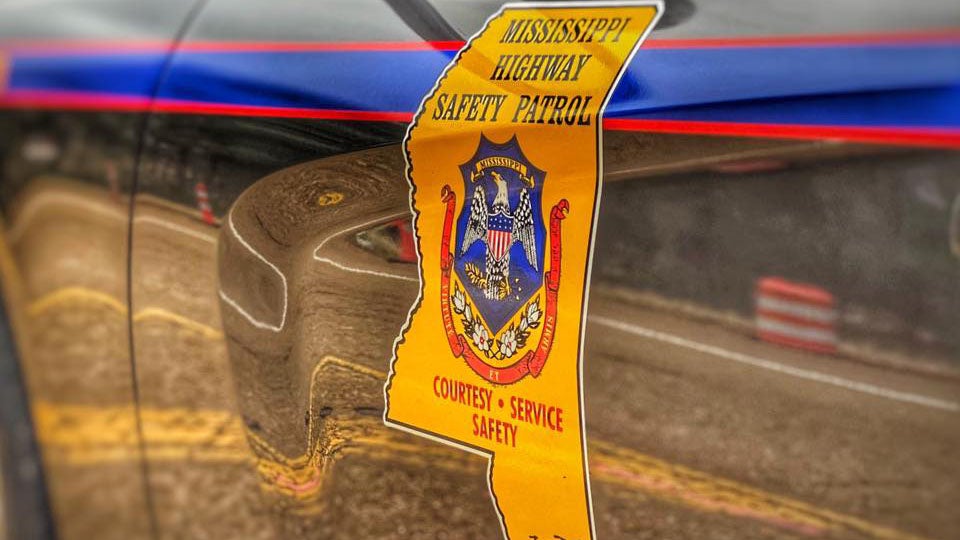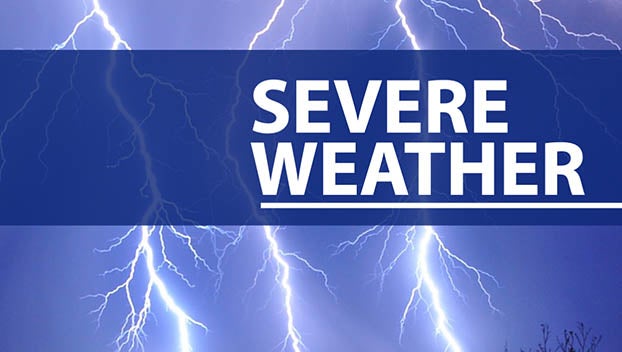Power companies: Tree work near lines has many benefits
Published 5:00 am Friday, April 24, 2009
In a long clearing neatly framing a row of power poles just offWroten Lane, Entergy employees work with hand tools and heavyequipment to keep trees back from the lines.
Activities like those in Lincoln County earlier this week havehelped Entergy be recognized with a “Tree Line USA” designationfrom the Arbor Day Foundation. Magnolia Electric Power Associationhas also received the designation from the foundation dedicated toArbor Day, which is Friday.
Power company officials said the tree line work has benefits fortheir customers and members. Entergy Operations Coordinator FrankChilds said keeping the foliage neatly trimmed helps to preventcustomers from losing power in cases of severe weather.
“We have to be proactive to prevent future outages,” Childssaid. “Besides limbs, we try to pay attention to the dead trees,because a dead pine or oak or something falling on the lines can bedangerous as well.”
When severe weather strikes, trees that fall on power lines arethe cause of most power outages, but they can also pose a threatwhen they’re encroaching on power lines on a normal day.
Southwest Electric Power Association officials are also activein clearing trees from around power lines.
“You don’t want the limbs to grow into the power lines becauseunder just right conditions, the tree can be a conductor,” saidSouthwest Mississippi EPA Superintendent of Right-of-Way JeffSegrest. “If the tree’s wet and the ground’s wet and there’s a treetouching a high-voltage line, it can be energized and someone couldtouch it.”
Magnolia Electric Engineering Manager Aaron Achord agreed,stressing that homeowners with trees that look like they could be aproblem need to call the power companies before emergencysituations strike.
“If anybody’s got any problems, they need to call in now,” hesaid. “Where we run into problems is that nobody calls about takingdown a tree until the hurricane gets into the Gulf. The time to dothat is now before the hurricane season.”
That’s one of the reasons local power companies constantly havecrews out on the roads, making sure the trees and power lines arekept separate. Part of the tree-cutting process is about the bestinterests of the trees as well as the power lines.
Entergy Right-of-Way Manager Robert Clark said there is ascience to the tree trimming.
“Using correct arboricultural techniques helps us maintain thatseparation for longer periods of time,” he said. “These pruningmethods actually train the tree to grow away from the power lines,which means we don’t have to trim as often. They also help the treerepair itself afterwards.”
Some customers may start off with concerns about the large90-foot “boom” truck with the rotating saw that cuts the tallerlimbs, and the mower that can take down small trees up to 6 inchesin diameter, but Childs said there is no reason to worry.
“People think these will tear up their land, but it’s actuallybetter for it than a regular truck,” he said, indicating the largetank-like treads on one of the machines.
And of course, there are the people who just like their treesthe way they are.
“The contractors doing the work try to let people know they’recoming through trimming, because it’s like a marriage, it has to bea 50-50 proposition,” Segrest said. “Sometimes we don’t get to trimthem back as far as we’d like to because the homeowner doesn’t wantthem back that much, so we try to do it in a manner they’d bepleased with.”
Entergy employees Tony Durr and Thomas Humphrey were on theground with hand tools on Wroten Lane. Segrest said Southwest hasground crews too, for those hard-to-reach places where the bigtrucks can’t go.
“With a fenced back yard, you can’t get a truck in there and youhave to do it by hand,” he said. “We also have the insulated ‘longsticks’ that telescope, they’re probably 30 feet long or so, andyou can put a hand saw on the end of one of those. It’ll work yourshoulders and arms out when you use one of those.”
Achord said his company makes a point to do only manual workwhen they’re in a residential area. They will also talk tohomeowners about good tree choices.
“We’ll do it more by hand inside someone’s yard, we won’t go inthere and totally destroy it with the big machines,” he said. “Wealso try to go in and talk to the customer and ask if maybe we cantake down this type of tree, and plant more of an oriental orornamental tree, which tend to grow shorter.”
Homeowners can help the effort, though, by landscaping withtrees that grow no taller than 25 feet, Clark said.
“In Mississippi, crape myrtles are popular trees because theyhandle the heat well,” he said. “They are also popular with usbecause they don’t grow into power lines.”




